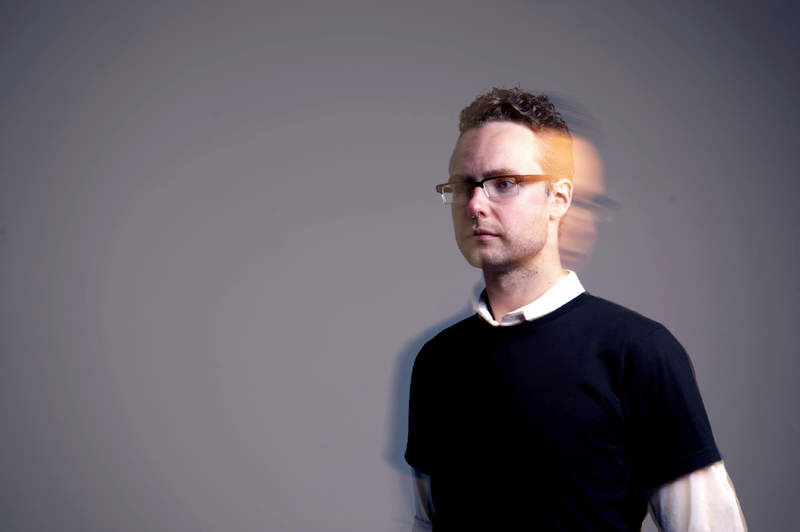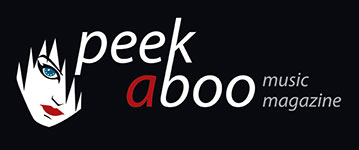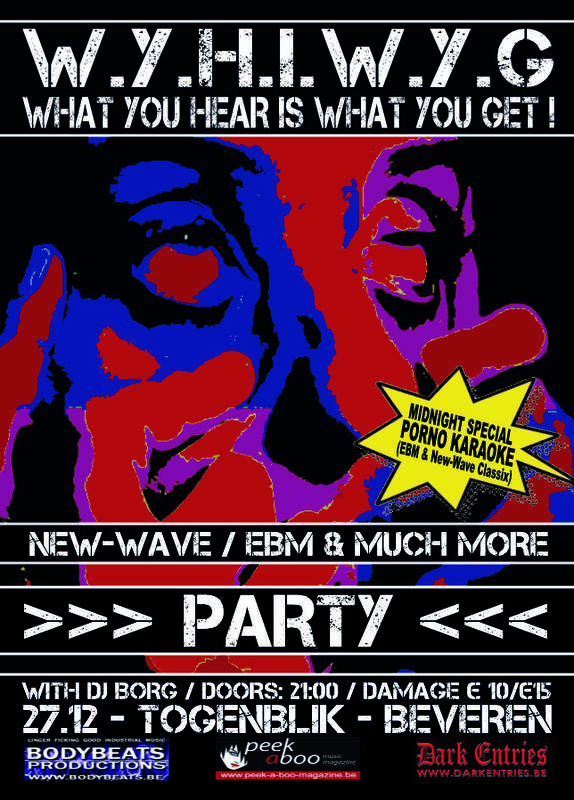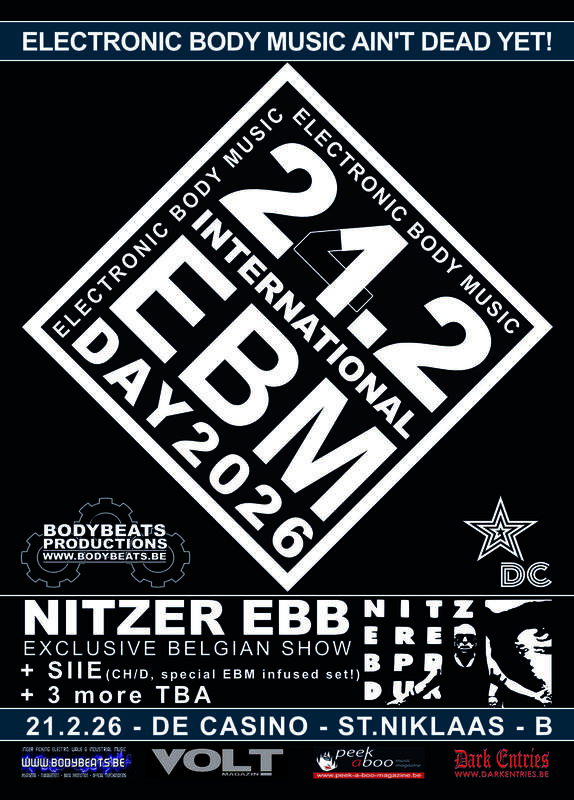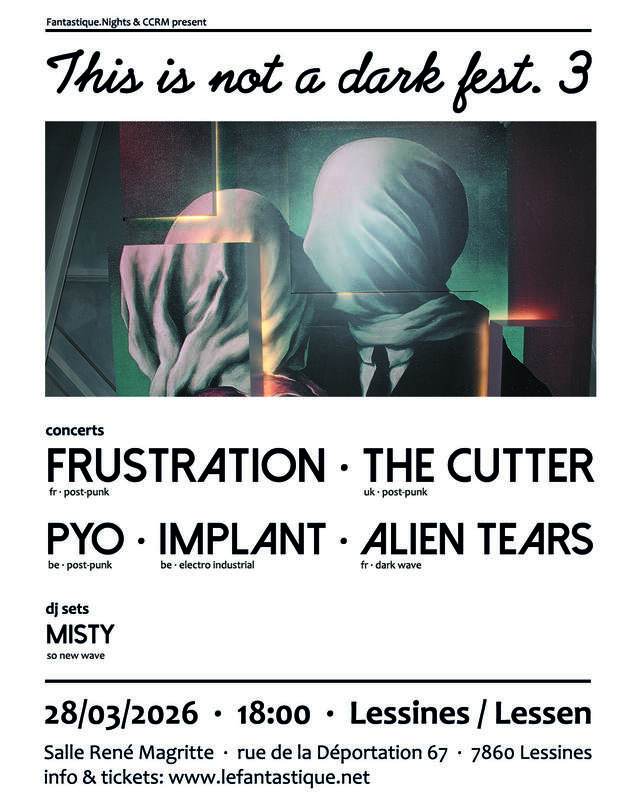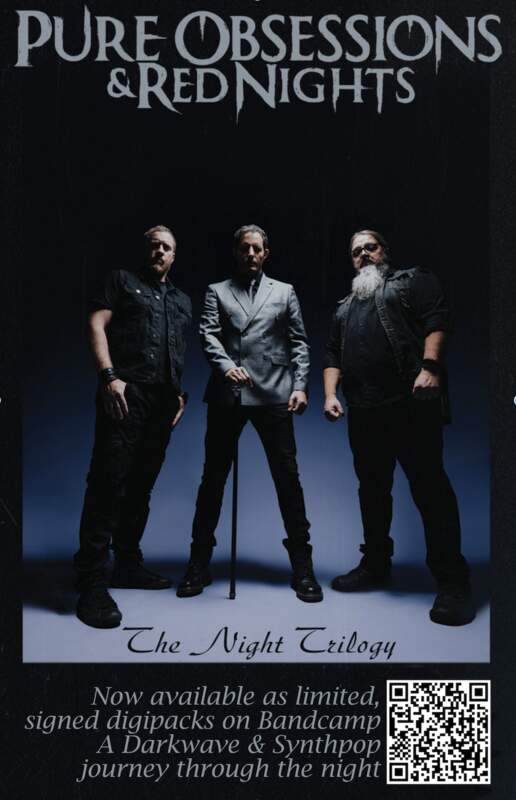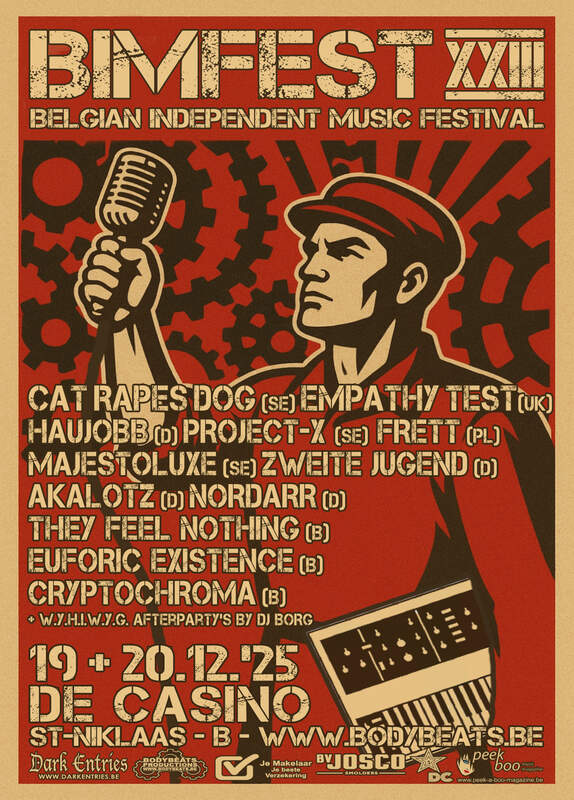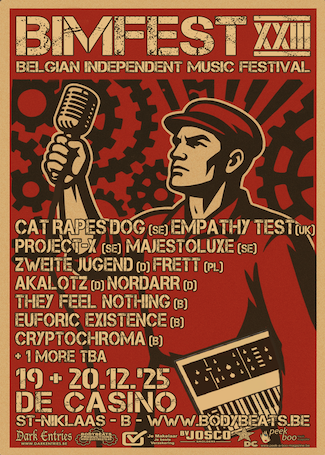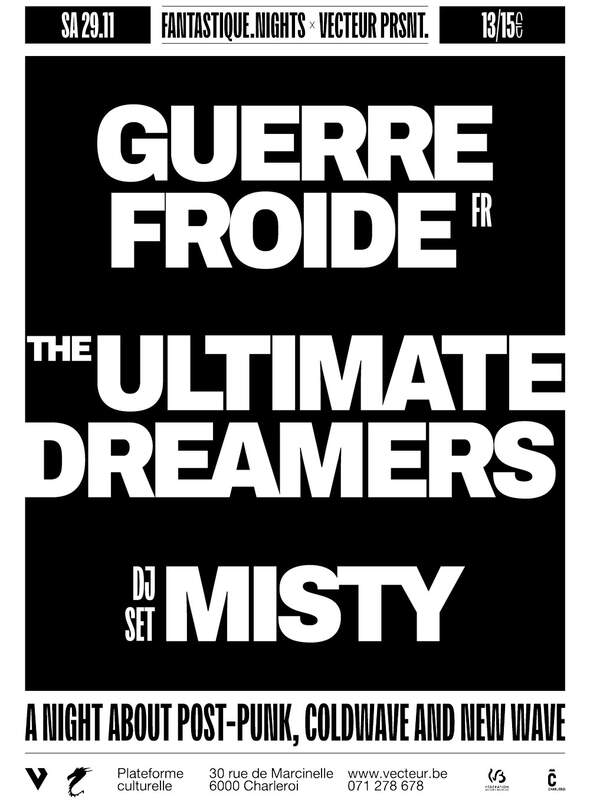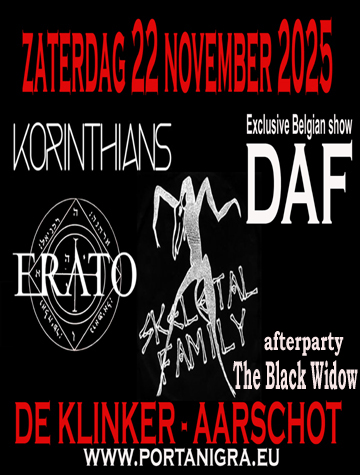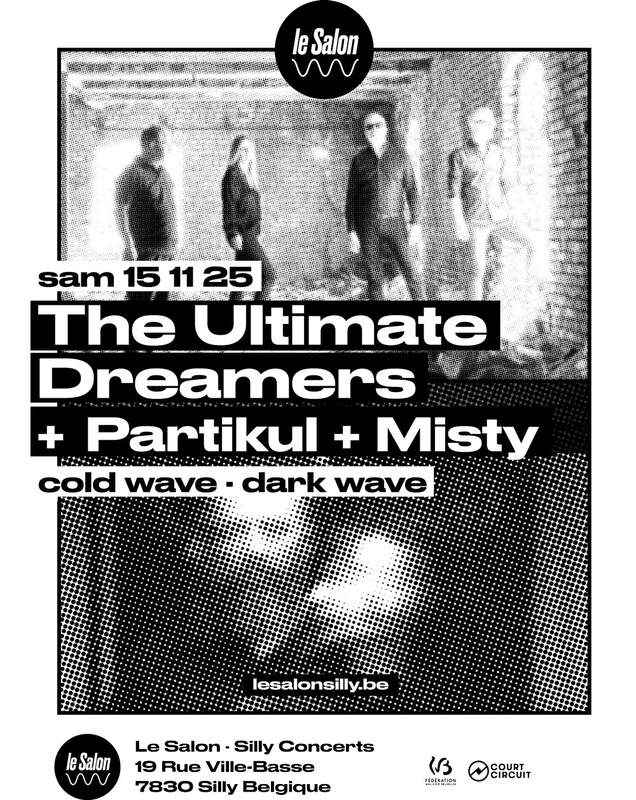Ian William Craig is a trained operatic vocalist who combines his voice with analogue synthesizers, reel-to-reel machines, and faulty tape decks to create sublime cascades of unpredictable decay and beauty. His music engages with the operatic and orchestral, submerging them under a shifting palette of vocal improvisations, analogue tape hiss and billowing clouds of erasure. As well as a talented musician, Craig is an award-winning printmaker. Originally from Edmonton, he began playing live under his own name in 2010 in Vancouver, where he currently works at the University of British Columbia running the printmaking studio for the fine arts department. Though classically trained and grounded in the choral tradition, Craig’s early albums were concentrated predominantly around the piano, with his voice merely a marginal presence. In recent years, however, his practice has come to focus increasingly around his powerful voice, as can again be witnessed on Centres.
Ian's first release for FatCat’s pioneering 130701 imprint (Max Richter, Hauschka, Dustin O’Halloran, Jóhann Jóhannsson, etc) Centres is actually his ninth full-length album, the majority of which were self-released digitally or in limited cassette editions. His last two full lengths (‘A Turn of Breath’, 2014; and ‘Cradle for the Wanting’, 2015) were issued physically on the excellent California label, Recital Program and received glowing press and placements in numerous critics’ end of year lists (including Mojo / NY Times / Rolling Stone). The Guardian marveled how “to be both wildly experimental and fantastically listenable is a skill that precious few people possess, but Craig has it … truly brilliant,” whilst Mojo remarked on "a blissfully disquieting choral suite, moving from the corroded cries of counter-tenor ghosts to a kind of abstract Buckleyesque hearbreak, as if some lovelorn romantic troubadour had been summoned forth from the recording of séances on old shellac 78s."
About Centres:
Fundamentally distressed yet texturally lush, Centres is an immensely deep, rich and rewarding listen. It was recorded in an assortment of studio and other locations across his Vancouver hometown: in concert halls and classrooms; train-yards and live rooms, as well as Craig’s own home. It was created using a mixture of sources - synthesizer, Hammond organ, guitar, accordion, wire recorder, loop station, Craig’s array of re-purposed tape decks and “cassette choir”. The songs were created manipulating tape loops through two or three decks at once to create strange deteriorating delays with different colors. Craig would then circuit-bend the bias to create odd kinds of distortion, or bend the sound back into itself so it feeds back in unpredictable ways.
Continually honing and pushing this process, the album shows a quite brilliant attention to textural detail. Morphing, swirling, scouring, shimmering, it continually expands and contracts around you. Forging a harmonically gorgeous and utterly immersive listening experience, it pulls you from the rousing, slow-build of the opening ‘Contain (Astoria Version)’ through the standout ‘A Single Hope’, with its huge bass and Hammond organ swells, and through shifting cloud-zones of ‘Drifting to Void on All Sides’ or ‘Power Colour Spirit Animal’, the Nico-esque accordion opening of ‘The Nearness’, and back to the cyclical ending of ‘Contain (Cedar Version)’, one of the cleanest and sparest tracks here - pared back to the purity of a single voice and guitar.
Centres is an astounding album that stands with a similarly unique sense of vision and integrity as the likes of William Basinski or Colin Stetson.
